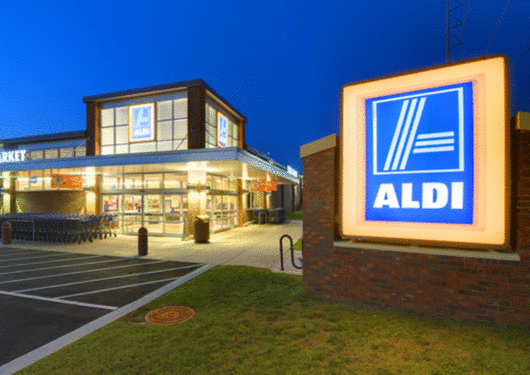
Visit Our Sponsors |
|
|
|
|
|
|
|
|
|
|
|
|
|
|
|
|
|
|
|
|
|
|
|
|
|
|
|
|
|
|
|
|
|
|
|
|
|
|

Yet their owner, German discounter Aldi, is betting billions it can win over spoiled American shoppers. How? By offering them fewer choices - way fewer - than rival retailers.
The unlikely proposition has worked nearly everywhere Aldi has set foot. The company that started from a simple suburban grocery store in Germany’s industrial northwest is now one of the biggest retail groups in the world with more than 10,000 locations, businesses in 18 countries and annual revenues approaching €70bn, or $83bn.
This summer, Aldi opened a new chapter in this seemingly unstoppable expansion, announcing a $3.4bn investment to boost its U.S. presence by nearly 50 percent to 2,500 stores by the end of 2022. This puts the company on a pace to become America’s third-biggest grocery retailer by locations behind Wal-Mart Stores Inc. and Kroger Co. The land grab closely followed its decision to invest $1.6bn in renovating the bulk of its existing 1,700-plus U.S. stores, some of which have been around since the 1970s.
The American grocery market, one of the largest and most competitive in the world, is on the cusp of dramatic change since Amazon.com Inc. acquired Whole Foods Market Inc. this summer and Google struck a partnership with Wal-Mart. But the Germans have a plan, forged in the rubble of World War II.
The strategy “is simple,” said Aldi spokesman Florian Scholbeck, sitting in the darkened break room of a prototype store in the company’s home state. “But it’s not easy.”
RELATED CONTENT
RELATED VIDEOS
Timely, incisive articles delivered directly to your inbox.

